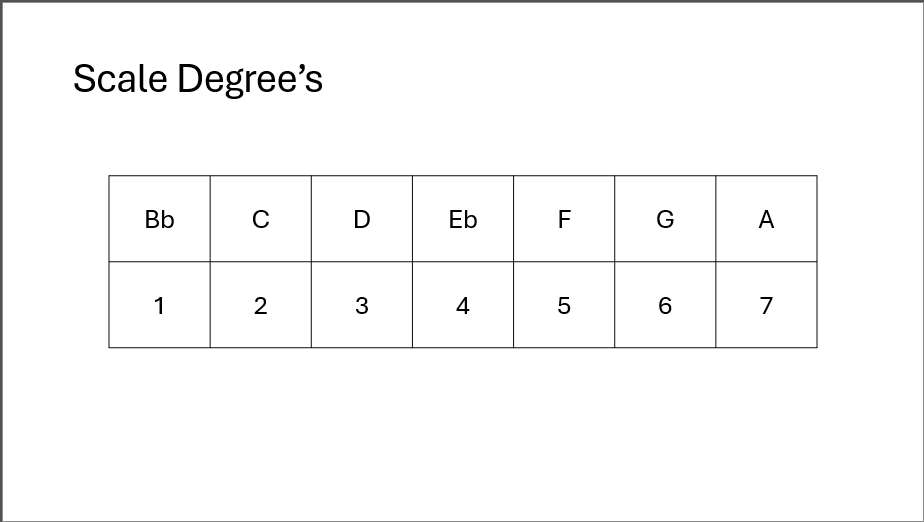
a Guide to Finding Key Signatures and Navigating Guitar Pro
Unraveling the Mystery of Sheet music:
introduction:
Sheet music can be a daunting landscape for many aspiring musicians, especially those just beginning their journey. However, with the right tools and techniques, deciphering sheet music becomes an accessible and rewarding endeavor. In this article, we'll explore how to use the diatonic circle of fifths to find the key of a song, locate the closest relations of notes on Guitar Pro, and leverage scale degrees to make informed note choices.
Understanding the Diatonic circle of fifths:
The diatonic circle of fifths is a powerful tool for understanding the relationship between keys and their respective key signatures. At its core, the circle of fifths organizes keys based on their proximity in terms of sharps or flats. Starting with the key of C major (which has no sharps or flats), each subsequent key moves up a perfect fifth, adding one sharp or removing one flat in the key signature. Conversely, moving in the opposite direction adds one flat or removes one sharp.
finding the key of the SOng:
To determine the key of a song using the diatonic circle of fifths, first, identify the sharps or flats in the key signature. For example, if the key signature has one sharp, it indicates the key of G major or its relative minor, E minor. Likewise, if there are three flats, it signifies the key of E-flat major or its relative minor, C minor. By understanding this relationship, you can quickly identify the key of any song and orient yourself within its musical landscape. This example Stellar by Jim Snidero the key is in Bb Major/G minor.
Using Scale Degrees Informed note choices:
Scale degrees play a crucial role in understanding the harmonic structure of a piece of music. By identifying the scale degrees within the key of the song, you can make informed note choices that complement the underlying harmony.
Using the relationship to the root makes it easier to find your note choices with the understanding of mode shapes to tab out the entire song. The first time you attempt this might but a bit clunky or unplayable… this is expected. Refine the note choice based on playability and it will intuitively come more natural as you practice this going forward!
Locating notes on the fretboard using Guitar Pro:
Guitar Pro is a valuable tool for musicians, allowing you to visualize and play sheet music on a virtual guitar fretboard. When learning a new piece of music, it's essential to identify the closest relations of notes on Guitar Pro to facilitate ease of playing. Start by familiarizing yourself with the layout of the fretboard and identifying the notes corresponding to the key of the song.
Finding notes on the fretboard gives you options on multiple strings, guitar pro shows you where the note is relative to middle C note on the sheet notation. This helps you to match the correct Bb notes based on the register of the guitar neck. This is how we diagramed this song!.
Success Story Rishi's Jazz Band Audition:
Recently, my student Rishi auditioned for the jazz band at his school. Using the process outlined in this article, we analyzed the sheet music for the audition piece, identified the key signature, and located the corresponding notes on Guitar Pro. By understanding the harmonic structure of the piece and making informed note choices based on scale degrees, Rishi delivered a stellar performance at the audition. I'm thrilled to share that Rishi successfully secured a spot in the jazz band, showcasing the effectiveness of these techniques in real-world scenarios.
Conclusion:
Learning sheet music may seem like a daunting task, but with the right approach, it becomes an accessible and rewarding endeavor. By utilizing tools like the diatonic circle of fifths, Guitar Pro, and scale degrees, you can confidently navigate the musical landscape, find the key of a song, locate notes on the guitar fretboard, and make informed note choices. With practice and perseverance, you'll unlock a world of musical possibilities and take your playing to new heights.
This Article is written by Travis Osterloh Owner of Osterloh Guitar Academy.






